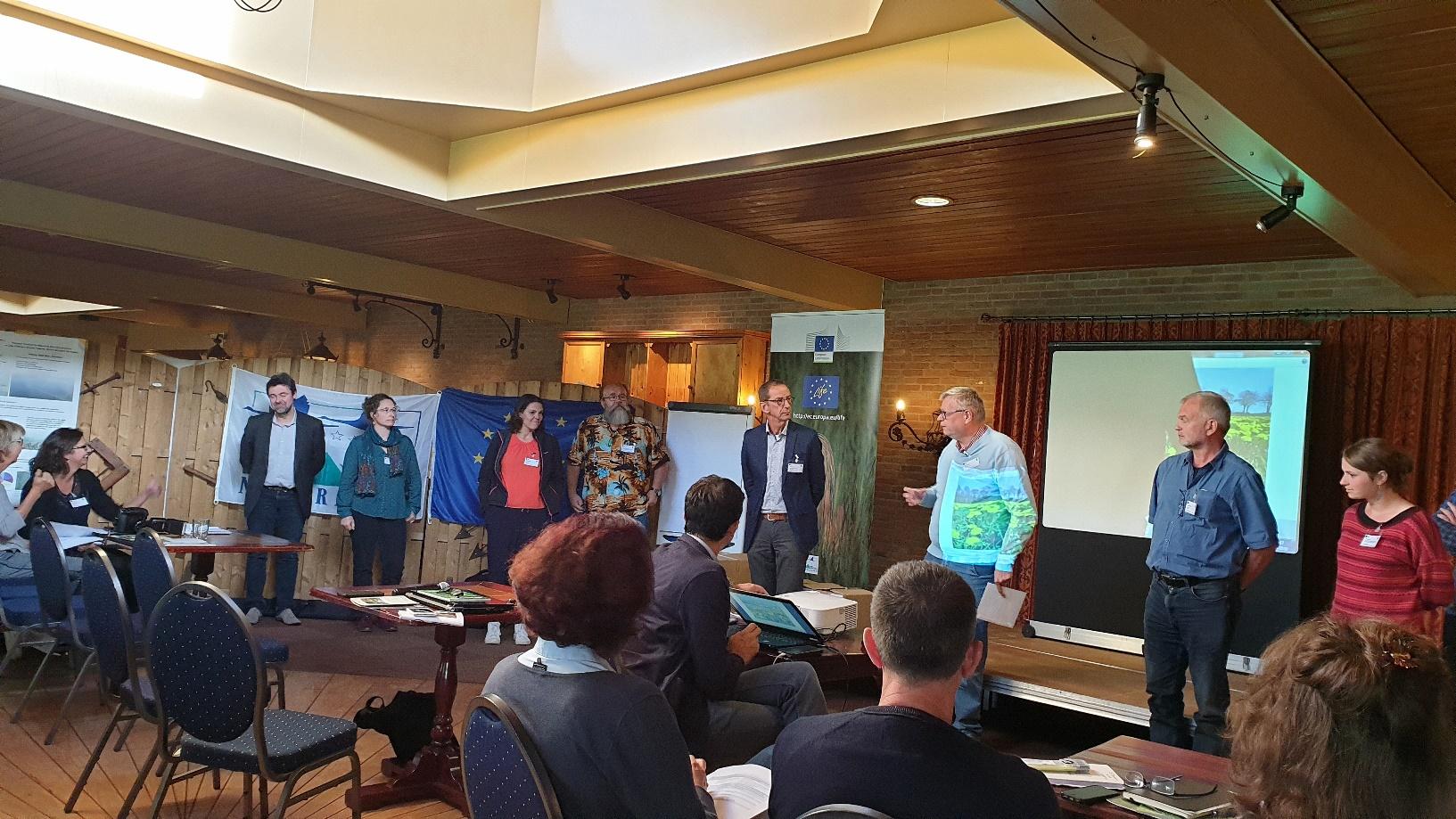Convert arable land to permanent grassland

As part of the LIFE Programme, more than 60 experts from 14 countries took part in a workshop in the Netherlands to find out how land managers can convert arable land to permanent grassland.
At the request of the European Commission, the workshop was organised by NEEMO as the monitoring team of LIFE projects. The following issue was addressed at the meeting: due to intensive farming, arising from the Industrial Revolution, more and more grasslands have been modified by agricultural activities and converted to arable land. In tandem more and more fertilisers and pesticides have been used based on a continuously developing chemical industry. The result: higher profitability of arable farming, at the cost of changing soil conditions.
The most significant change has taken place in the north-western of Europe, especially in the Netherlands. On these areas, the landscape and soil condition have been the most dramatically modified by human activity. Drainage of wetlands has contributed to dryer, and therefore more productive land. The use of nitrogen-rich and phosphorus-rich fertilizers in agriculture has resulted in nutrient enrichment of soils. These changes in management proved to be effective in the beginning, as they generated higher production and profits. However, the changes prevented effective restoration of the structural and floristic diversity of the grassland in the nature reserves established in the second half of the 20th century.
In the Netherlands, various techniques have been developed to remove or extract phosphorus, in order to accelerate the regeneration. Nutrient overload accumulated in the soil in past centuries has been managed by either removing the upper layer of the soil or extracting phosphorus from the soil.
Using the first technic: the top soil is removed to a depth of between 30 cm and 100 cm, depending on the phosphorus content; then the regeneration of the land is supported by re-seeding.
In the case of the second technic: phosphorus is extracted by regular mowing; the regeneration of the grassland is intensified by application of nitrogen and potassium fertilizers. However, tangible results can only be expected after at least 30 years of continuous work. During this process, the hay is served as fodder for the cattle of local farmers.
Restoration work is also ongoing in Central & Eastern Europe. Because nutrient overload in the soil here is not as high, the techniques described are not necessary. Restoration of the converted areas is achieved by re-seeding with indigenous grasses. These areas are then capable of relatively quick self-recovery, without further intervention, where they border on existing natural grasslands.
Source: Herman Ottó Institute Nonprofit Ltd.